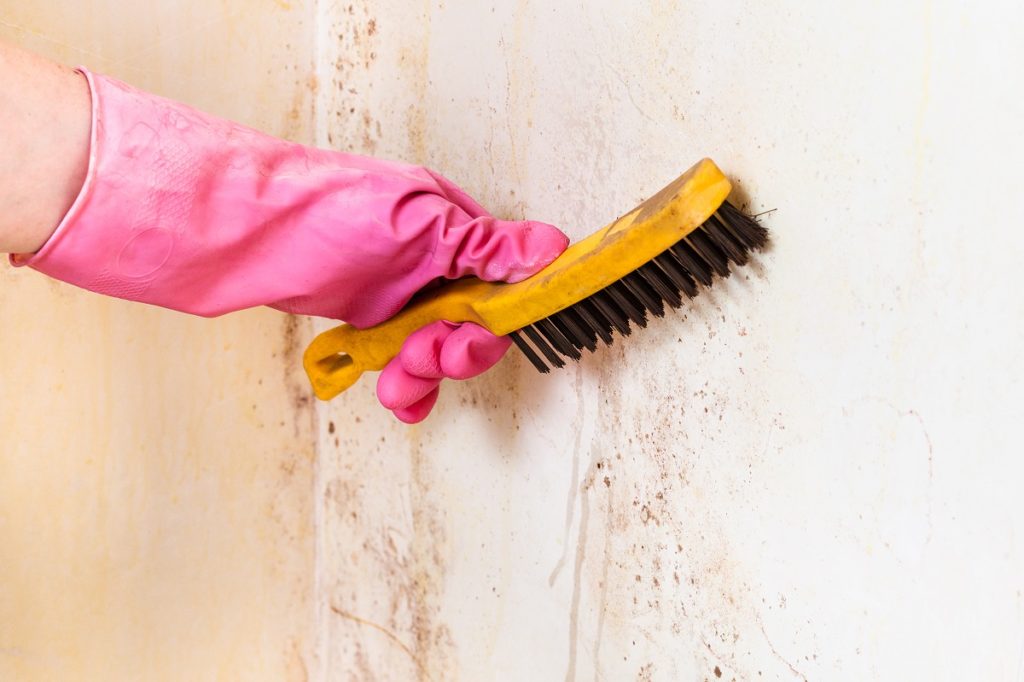If you feel like there is mould in your home, you need to do something about it. Mould can be a danger to you and your family’s health, and it can damage your home. It can be a tricky situation to handle, but it can be fixed once you know the signs of mould and the source of the problem.
Here is some information to help you deal with a mould problem.
Signs of Mold
To get the most obvious reason out of the way, if you see mould in your house, then you have mould. Mould usually looks slimy or fuzzy. It can have irregularly shaped spots that have different colours, such as white, black, grey, brown, yellow, green, and blue. If you see mould on a surface, you might notice that the surface is rotting. You can find mould on your drywall, ceilings, floors, fabric, wood, etc. They may make your paint bubble, and your floor can feel squishy.
If you notice that your eyes are watery and stinging, you might be having an allergic reaction to the mould. Other symptoms of mould allergy are nasal congestion and coughing. It is especially prominent in people who have respiratory problems, such as asthma. If you are allergic to mycotoxins and get in contact with the mould, you might have burning, itching, and tingling sensations. You can confirm the allergy by visiting an allergist to get a skin or blood test.
Dangers of Mold
As mentioned earlier, mould can trigger people with allergies, which can cause discomfort and potentially worsen your health. It can worsen the symptoms of people who have allergies or respiratory problems. You or a family member with a health concern like asthma may frequently feel sick or have headaches because of mould.
Mould can damage your home by eating floorboards, ceiling tiles, carpet, drywall, wallpaper, etc. The damage that moulds can do to your home can eventually make walls fall, cave in your floorboards, and collapse your ceilings.
Fixing the Problem

Before you can fix the problem, you need to find the source of mould in your house so you can repair it to prevent the problem from coming back. Mould thrives in damp and humid conditions in your house. If you have high levels of humidity in your home or have stagnant water or leaks in your home that could be the cause.
You can look around your house until you see where the problem started. You can search for mould in your bathroom and your kitchen, especially if there is a leaky pipe. You can also check your window sills and chimney.
Once you find the source of the problem, you can get rid of the mould in your house. You can get a mould service to help you or try DIY methods to remove mould. Once you get rid of the mould, you need to fix the problem that caused the mould. For instance, if you found out that a leaky pipe that let mould grow on your ceiling, hire reliable plumbing and heating services in your area to fix it right away.
You should not ignore a mould problem in your house. Apply these tips to your home to help you fix the issues right away.

